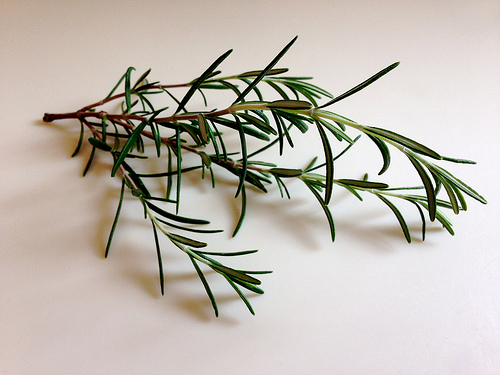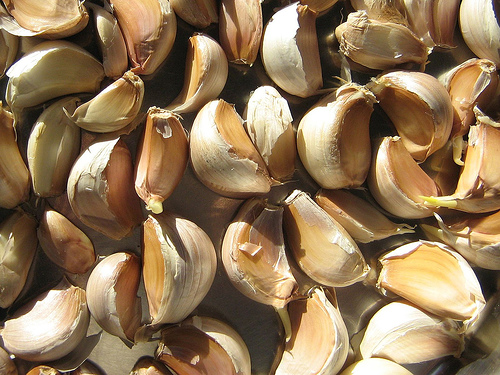As much as we hate to admit it, winter is right around the corner, and it’s time to clean up and close up the garden. We’ve put together an easy-peasy checklist so putting the garden to bed for winter will be a snap this year.
While you could just turn your back and walk away from the garden until spring, completing these seven steps will lead to a more productive spring garden with fewer pest and weed issues. The chores have to be done at some point, and your future self will be so thankful if you get them finished sooner rather than later.

Photo licensed via Creative Commons from Flickr user Healthgauge
Step 1: Cut back
Perennials need to be pruned to remain healthy, and the best time to do so is in the fall, after they’ve gone dormant. This is also a great time to take cuttings of plants. They can slowly root indoors during the winter and go back outside in the spring.
Step 2: Pull up plants and weeds
Summer crops are finished producing and looking pretty sad in the month of October. Pull them up and toss them in the compost pile, along with any weeds from the garden. Make sure you get rid of any foliage and fruit that has fallen onto the soil surface as well. This is a great place for insects to hide out for the winter, so getting the garden as clean as possible will help to cut down on pest problems next year.
Step 3: Till the soil
Tilling the soil exposes any pesky insects that decided to burrow in and hide for the winter. If you have chickens, they would love to help you with this step. Set them free on the freshly tilled soil and they’ll gladly gobble up all of the pests and weed seeds lurking in the dirt.

Photo licensed via Creative Commons from Flickr user wisemandarine
Step 4: Test and enrich the soil
Fall is a great time to test the pH of your garden soil. If it needs to be amended, add whatever it needs now so it’ll be ready to go in the spring. If you compost, fall is a great time to till some of that black gold into the garden. You can also toss in manure from livestock, it will age over the course of the winter and be ready to fertilize plants in the spring.
Step 5: Take care of containers and tools
Ceramic pots will not withstand freezing temperatures well, and are likely to crack and break due to water freezing in the pores of the pot. Transplant perennials into plastic pots for the winter, or bring the plants into a shed or porch for the colder months.
Pots that aren’t housing perennials need to be emptied, washed out and stored until next season.
Plant cages, stakes and frames also need to be removed from the garden and stored for the season.
While you’re at it, this is a great time to clean and sharpen all your tired garden tools. We know it’s a pain, but would you rather do it now, or have to take time to do it in the spring when you’re rearing to get started on planting? It must be done and now is the time.
Step 6: Plant
Planting garlic in the fall will yield amazing results come spring. Be sure to place a garden marker so you know where you put them when spring rolls around!
You can also plant trees and shrubs in the fall. They’ll spend the season establishing roots and be ready to grow big and tall once springs hits.

Photo licensed via Creative Commons from Flickr user conskeptical
Step 7: Mulch
Cover your garden beds with a thick layer of mulch to protect the soil and suppress springtime weeds. You can even make use of the piles of leaves raked from the yard by piling them on top of the garden for the winter. Alternatively, straw or grass clippings make great wintertime mulch.
Bonus step! Sow a cover crop
Sowing a cover crop isn’t strictly necessary, but if you’re going to do it, now is the time. Cover crops are planted in the fall to cover the soil throughout the winter, cutting down on weeds and erosion. They are tilled under the soil in the spring where they help to fertilize new crops. Legumes, clover and grasses make great cover crops
So, now that you know what you’re doing, it’s time to get back out in the garden! And you thought you were done for the year, didn’t you?

Share tips, start a discussion or ask one of our experts or other students a question.
No Responses to “Putting the Garden to Bed for Winter in 7 Easy Steps”